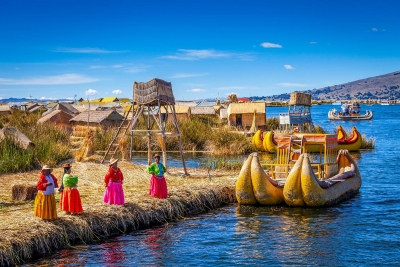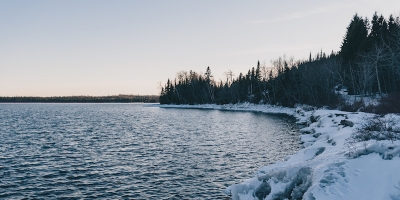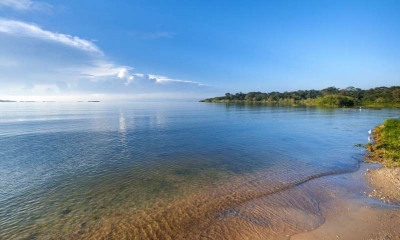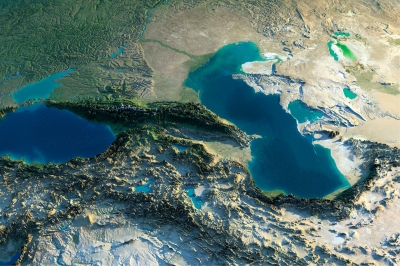
Lake Titicaca is the largest lake in South America by surface area and volume. It covers an area of 3,232 sq mi and holds an average of 214 cu mi of water. It is the world’s “highest navigable lake” at an altitude of 12,507 ft. Titicaca is located within the boundaries of two countries; the western part lies in Puno Region of Peru while the eastern part is located in the Bolivian La Paz Department. The lake consists of two basins connected by the Strait of Tiquina. Five major rivers and more than 20 streams feed Titicaca; the Río Desaguadero is the only outlet. There are 41 islands on the lake most of which are inhabited.
The lake averages between 460 and 600 feet (140 and 180 m) in depth, but the bottom tilts sharply toward the Bolivian shore, reaching its greatest recorded depth of 920 feet (280 m) off Isla Soto in the lake’s northeast corner.
More than 25 rivers empty their waters into Titicaca; the largest, the Ramis, draining about two-fifths of the entire Titicaca Basin, enters the north-western corner of the lake. One small river, the Desaguadero, drains the lake at its southern end. This single outlet empties only 5 percent of the lake’s excess water; the rest is lost by evaporation under the fierce sun and strong winds of the dry Altiplano.
Picture Credit : Google





